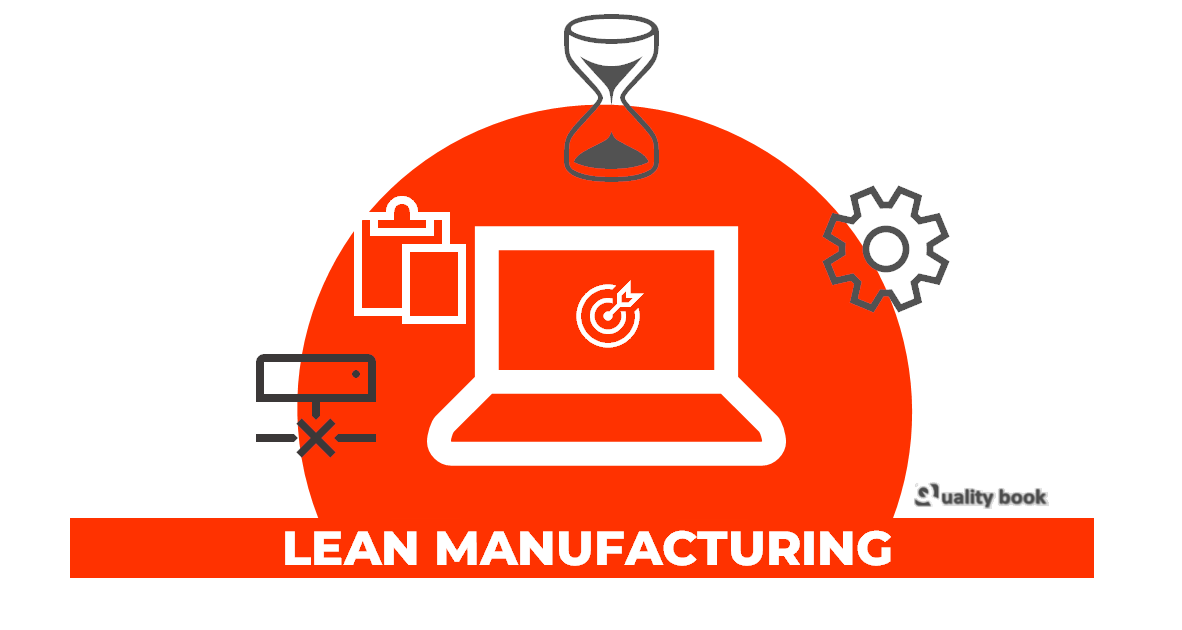Lean manufacturing focus on reduce or eliminate waste and improve the manufacturing processes efficiency and productivity.
Lean manufacturing is based around the Japanese principle of eliminating waste or Muda within a manufacturing system. This waste can take various forms, whether its waste created through overburden or waste created through an unevenness in workloads.
Waste can also be eliminated by reducing unnecessary motion, reducing the times employees wait around or reducing the unnecessary transport of goods.

Both the production line and the supply chain can be improved by implementing lean manufacturing principles. By improving efficiency and streamlining processes, parts are assembled quickly and without waste and parts are subsequently delivered on time to the end user.
Lean Success for Small Businesses Through Simple Steps
While companies who implement the principles of lean manufacturing aim to improve efficiency, they will also encounter a series of other side effects. In the same way that taking up a new exercise regime can lead to a clearer mind as well as a flatter stomach, making processes more streamlined can lead to a change in business culture.
The Cultural Benefits of Lean Practices
For example, making processes easier for employees leads to increase productivity and a greater sense of pride in their work. In turn, this leads to an increase in getting products delivere on time, benefitting customer service levels and boosting sales.
Despite the clear benefits of using lean manufacturing, it can feel like a step too far for many SMEs. Many operations managers claim that they don’t have the time or budget to implement a whole new system in their factories. However, lean manufacturing doesn’t have to be a big step.
Kaizen: The Principle of Continuous Improvement
The most critical principle of lean manufacturing is kaizen, or continuous improvement. This means that businesses should strive to make small, incremental, improvements over time. An example of a small improvement is storing parts at waist level. This means the employee reduces waste motion by not having to move or stretch to get the part. As aforementioned, this also reduces the strain on the worker’s body, making them not only quicker at performing the task but also more willing to perform it.
Businesses should also reduce non-value-added time as part of any lean manufacturing initiative. This reduces the time that employees waste by doing tasks that are unproductive. Business leaders need to consider the time waste moving parts or equipment around a factory.
Practical Tools for Lean Efficiency
Instead of waiting for a forklift operator to become free or for a team of people to help them to move an object, electric tugs allow a single pedestrian operator to move a heavy object themselves, reducing any waste time. Small improvements like these have a substantial impact on the overall productivity of a production line.
Just like many of us claim to not have time to exercise, many small businesses say they do not have the time to waste on using a lean manufacturing system. However, just like the Government’s recommendations for exercise, lean processes can be introduce in short periods of time. An hour a week of tidying a factory and disposing of waste or unused parts lying around the factory can improve the layout of a factory, as well as making the environment more pleasant, improving morale.
Overcoming Resistance from Middle Management
A survey by the Lean Enterprise Institute showed that the main challenge to implementing lean manufacturing principles is middle management. Some workers may feel threatened by lean manufacturing, fearing that efficiency savings may lead to them losing jobs. However, it is vital that company leaders educate their teams to see past the negative. If the company does not implement continuous improvement, it will stagnate and will never be able to grow, which is more of a threat to jobs.
A proven strategy is to devise focus teams who champion lean manufacturing principles. These teams, who are made up of people from different levels in the organization, are often the spark need to bring about real change and better engage with their co-workers.
The Role of Maintenance in Sustaining Lean Success
Maintenance is the key to continuous improvement. If workers are involve in developing lean manufacturing principles or can see the benefit of it. They will be more likely to independently maintain a productive and efficient working environment.
Through their extensive resources, many large companies make lean manufacturing look easy. But many smaller companies are afraid that they do not have the resources to actively push lean manufacturing principles. By taking a few simple steps, companies can become lean and they don’t even require an on-site gym.